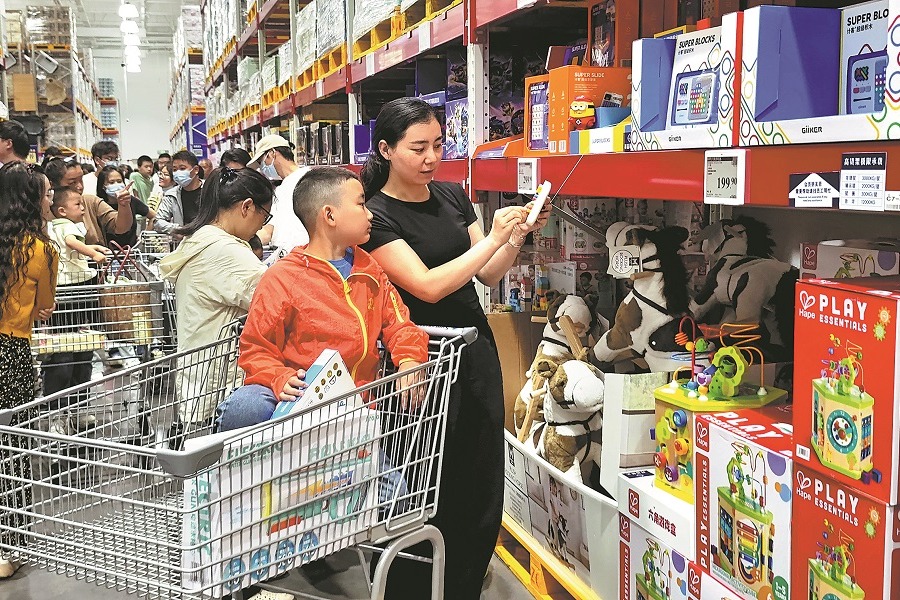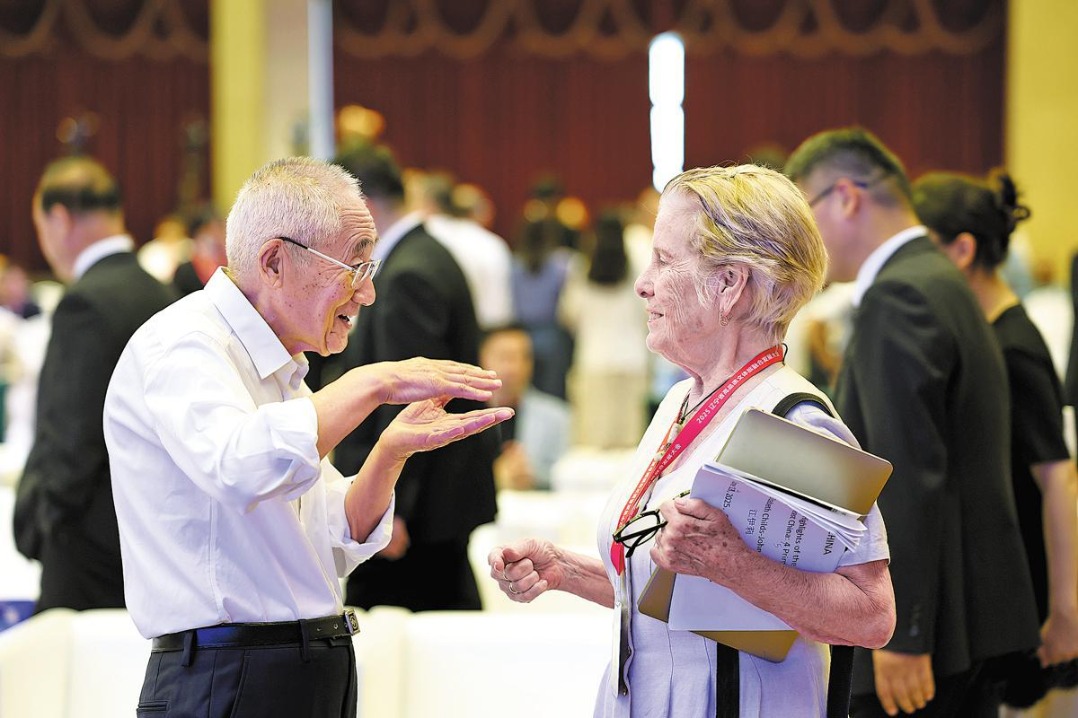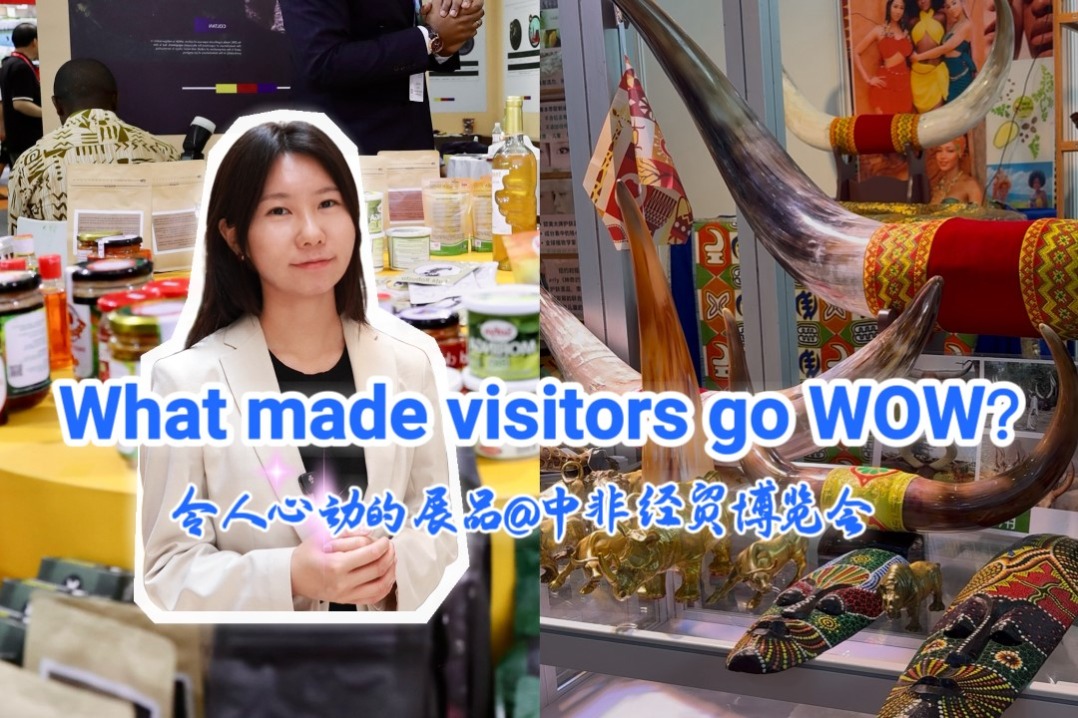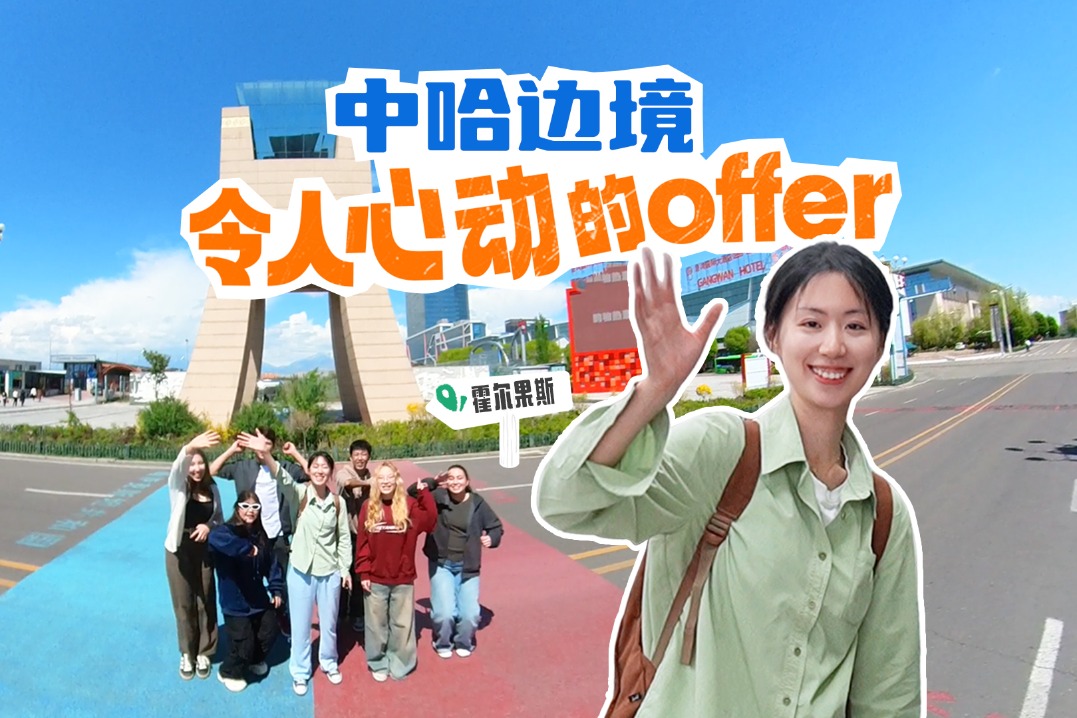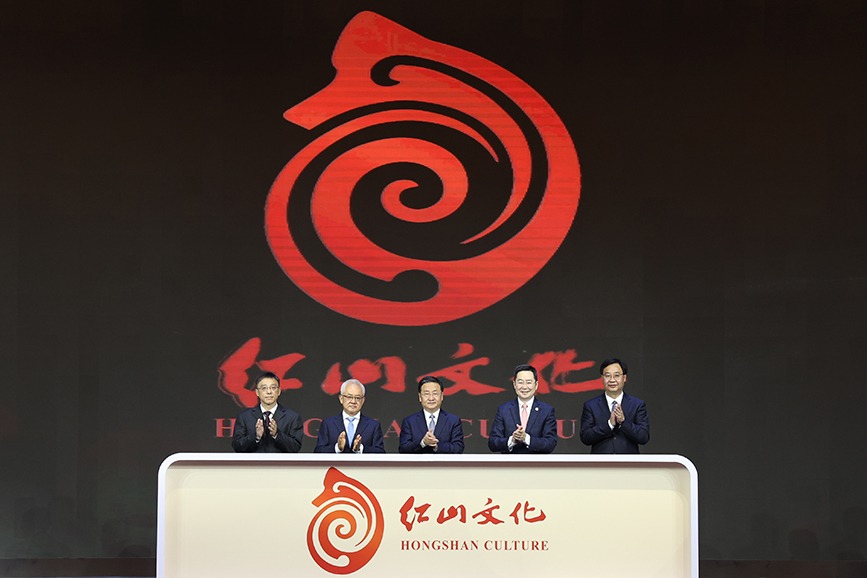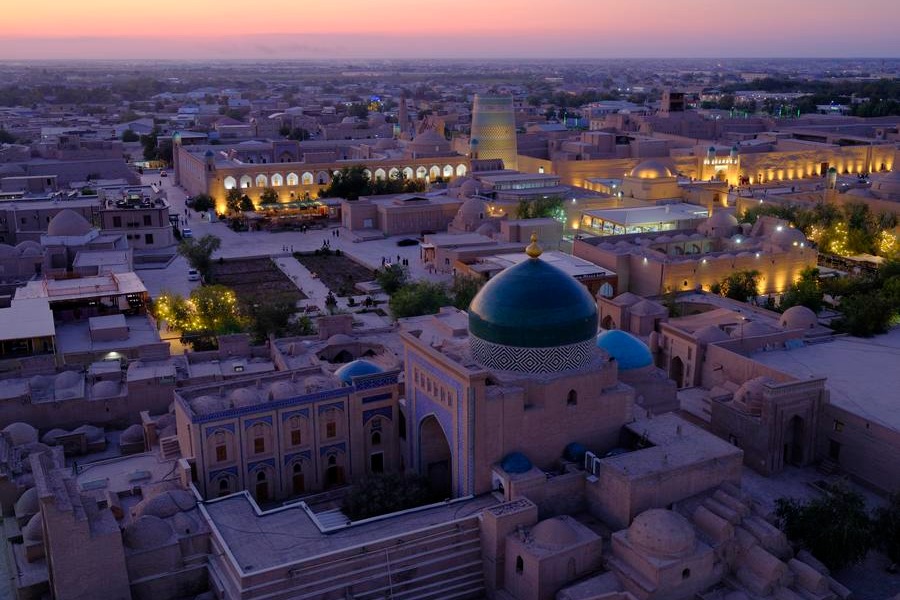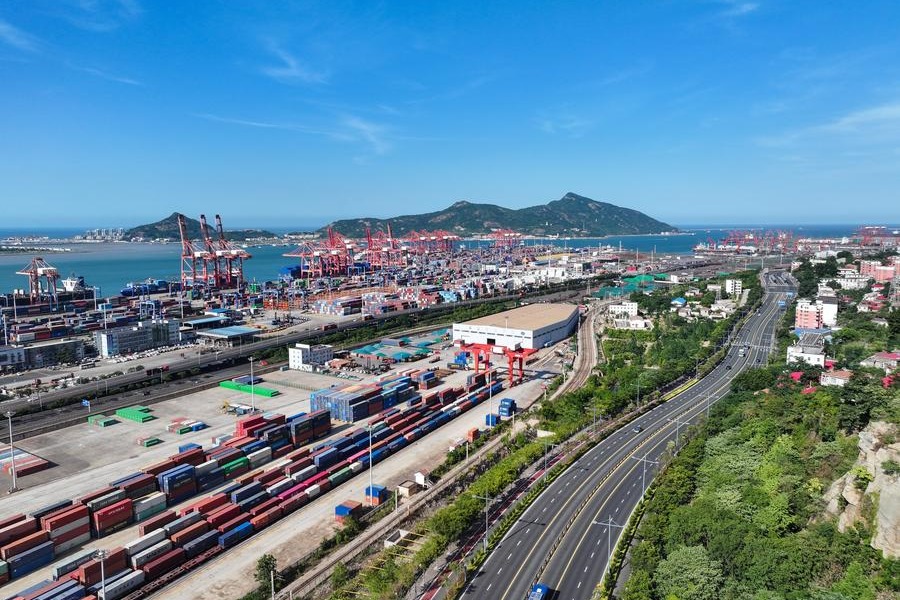Sino-Uzbek all-round cultural partnership bridging civilizations

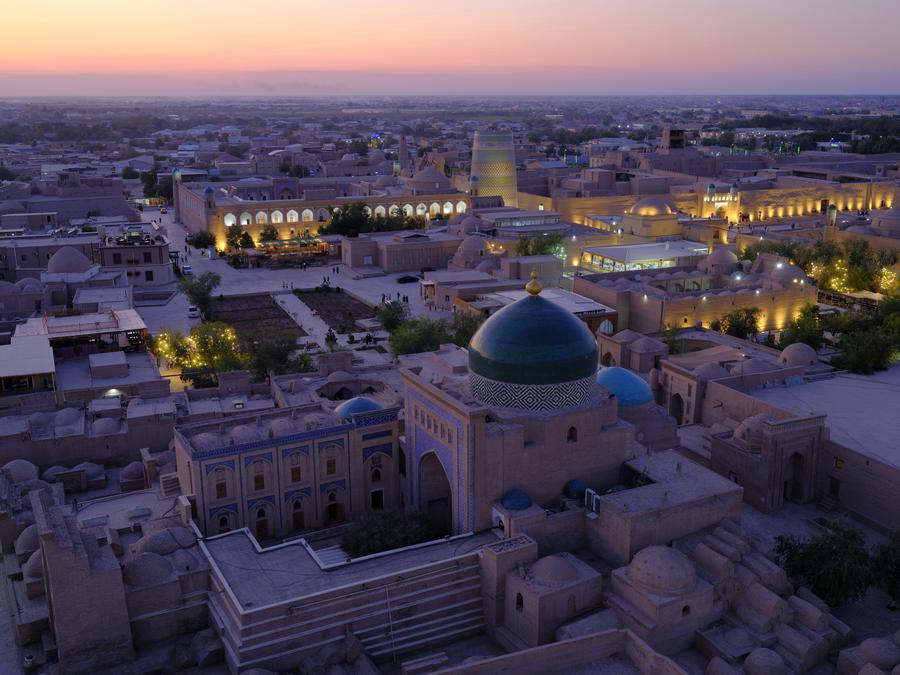
Given that global uncertainty marks this era, the need for genuine intercultural dialogue and people-to-people exchanges has never been greater. Uzbekistan, strategically located on the Silk Road, is once again emerging as a meeting point for ideas, artists and civilizations. As chairperson of the Uzbekistan Art and Culture Development Foundation, I have seen firsthand the extraordinary potential being unleashed when countries invest in cultural diplomacy, heritage preservation and innovation. This is particularly visible in Uzbekistan's thriving partnership with China and the ever-growing dialogue the two countries are forging with the world.
Uzbekistan's approach is rooted in the belief that culture is not only a bridge between peoples, but also a catalyst for economic development and social progress. With more than 60 percent of Uzbekistan's population aged below 30, fostering an ecosystem where young Uzbeks can thrive as artists, curators and cultural leaders is at the heart of our (ACDF's) mission. Uzbekistan's higher education enrollment has tripled since 2017, with nearly 1.43 million students now in universities. We want to help increase that number.
One of the most visible expressions of this renewed commitment is the Centre for Contemporary Art in Tashkent, the first permanent contemporary art institution of its kind in Central Asia. Scheduled to open its doors to the public in September in a revitalized 1912 diesel station by the award-winning architecture firm Studio KO, the CCA is a unique blend of historical memory and contemporary vision. The center's year-round programs, including exhibitions, residencies and festivals, will welcome thousands of visitors from Uzbekistan and abroad, offering a space for public engagement, global collaboration, and research in the arts.
Uzbekistan's global outreach has expanded dramatically in recent years, transforming the country into a dynamic contributor to the global arts landscape. In 2022, under the ACDF's leadership, relics and artifacts of Uzbekistan's cultural heritage were displayed at the Louvre and the Arab World Institute in Paris. The exhibitions showcased the rich art, history and craftsmanship of Uzbekistan to the visitors. The following year, we organized an exhibition of archaeological artifacts at Berlin's James Simon Gallery, helping Europeans gain a deeper understanding of Central Asian civilization.
The groundbreaking "Silk Roads" exhibition at the British Museum in London in the fall of 2024 attracted more than 150,000 visitors in the first three months, offering new perspectives on the shared heritage of Asia, Africa and Europe. Uzbekistan's was the largest contribution to the exhibition, with 14 unique artifacts.
This spirit of cooperation has found expression also in projects such as the Venice Biennale Arte and Architettura, in which Uzbekistan has taken an active part since 2021, showcasing contemporary creativity while honoring ancient traditions. These presentations have provided a global platform for Uzbek artists, and facilitated meaningful partnerships with leading international curators, architects and cultural thinkers.
Most recently, our participation in Expo 2025 in Osaka, Japan, reaffirmed our commitment to engage with East Asia and the wider international community, using culture as a language of understanding and friendship.
Our cultural partnership with China is especially significant, as it highlights the enduring spirit of the Silk Road. Recent years have seen cooperation in cultural heritage and archaeology under the Belt and Road Initiative framework at the Palace Museum (Forbidden City) in Beijing and "Colorful Asia: Asian Costumes Exhibition" in Hangzhou, Zhejiang province, showcasing a collection of 140 pieces and sets of garments representing 27 Asian countries and regions.
We also organized the Uzbek ballet Lazgi at the National Peking Opera Company, while in the same year, we hosted Chinese piano virtuoso Lang Lang for the first time in Tashkent to perform as part of his world tour. As we are committed to further deepening this relationship, we are working on holding two new exhibitions in Shanghai and Beijing.
On the education front, China's investment in people-to-people relations is already bearing fruit. The number of Confucius Institutes across Central Asia has increased. In Tajikistan alone, two Confucius Institutes have trained nearly 39,000 students, with annual enrollment at the National University increasing from just over 200 to almost 3,000 in less than a decade.
As for Uzbekistan's collaboration with China on education, language and cultural diplomacy, it has set an example of how exchanges can boost mutual understanding and fuel sustainable development.
This approach is not limited to the capital. In September 2025, the first Bukhara Biennial will open, drawing artists and audiences from China and across the world to engage with Central Asia's unique legacy.
Looking ahead, the opportunities for cooperation between Uzbekistan, China and the rest of the world are vast. Through joint exhibitions, academic partnerships and sharing best practices in heritage management, the two countries are well placed to shape a more inclusive and creative future. As we prepare to welcome international visitors to the CCA and the first Bukhara Biennial, I am convinced that culture remains our most enduring resource: a force that unites, uplifts and enriches us all.
The author is chairperson of the Uzbekistan Art and Culture Development Foundation. The views don't necessarily reflect those of China Daily.
If you have a specific expertise, or would like to share your thought about our stories, then send us your writings at opinion@chinadaily.com.cn, and comment@chinadaily.com.cn.
















